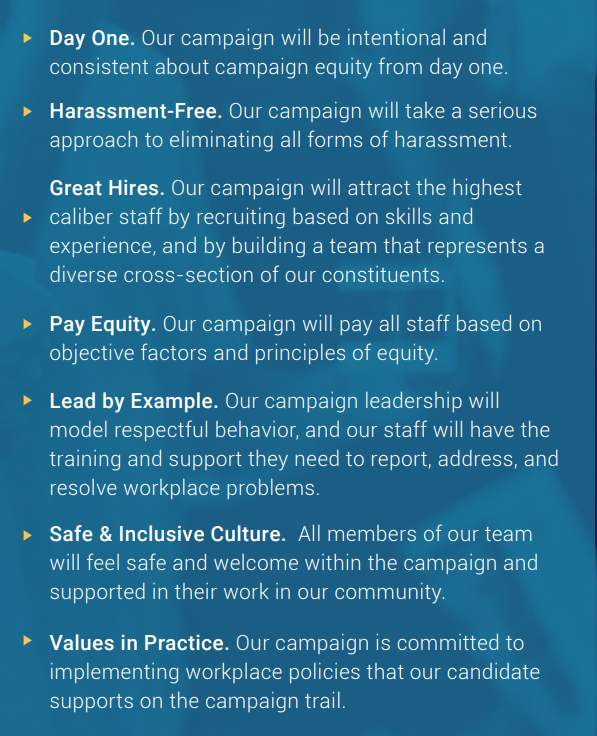Racial Equity Assessment Can Change Your Company for the Better – If You Get It Right
Authors: Pamela Coukos and Ahmmad Brown
If 2020 was the year of big, visible corporate commitments to racial equity, 2021 is the opportunity to make sure those commitments deliver on their promises.
In the aftermath of the murder of George Floyd and the increased impact of the Movement for Black Lives, companies promised to take meaningful action and deploy substantial financial resources to address racial inequity and injustice. This spring BlackRock responded to shareholder advocacy and agreed to undertake a comprehensive racial equity audit of internal structures and policies, and the external impact of their products and services. Last fall, JP Morgan made a $30 million commitment to advance racial equity. In the technology industry, at least a dozen companies have made commitments to racial equity specifically. McKinsey estimates that organizations have made as much $200B in investments to support racial justice efforts since May 2020.
Although public commitments to support racial equity and justice are laudable, there are three ways these programs can fail to live up to their promises.
First, vague appeals to morality and justice are not enough – an organization needs a clear reason to take action and a defined goal they seek to achieve. Otherwise their response may be more symbol than substance.
Second, organizations must establish accountable, transparent structures and processes to evaluate their actions and ensure that they are on track to meet those goals. Lack of follow through can erode trust and credibility among key stakeholders and undermine the benefits of the work they seek to accomplish.
Third, many organizations take the easier path of surface-level questions and avoid deeper issues of racial justice, hostile culture, and structural barriers to equity. Expanding the representation of people of color in candidate pools and recruitment pipelines is important, but cannot build sustainable change without tackling the fundamental question of whether the organization’s core structures and processes are equitable and inclusive for current and future Black, Indigenous, and People of Color (BIPOC) employees and other stakeholders.
Racial equity assessment is a set of tools that addresses these pitfalls and can increase the chances that commitments to racial equity generate deep and lasting success for the organization and its people.
An assessment helps keep a program on the path of substance over symbols. It starts by identifying the organization’s goals, in order to decide how to measure progress and evaluate impact.
A well-designed assessment ensures accountability through key practices that build trust and ensure credibility including:
-
an external independent assessment team;
-
an objective and neutral inquiry process based on a sound methodology;
-
appropriate transparency to all stakeholders;
-
a demonstration that the information sharing process is safe and can be trusted.
Finally, an experienced and effective assessment team will encourage clients to go deeper, and are equipped to evaluate structures and practices, not just outcomes.
And they will pay off in actionable recommendations, strategic plans to meet important goals, and all the benefits of inclusive and equitable organizations — more innovative products and services, a more engaged and productive workforce, stronger and more sustainable financial performance and most importantly, the trust that comes from knowing an organization’s practices live up to its values.
Customers, investors and employees who value racial equity have growing expectations of the companies they do business with. Showing that commitments are meaningful and have an impact is the best way to meet this moment.
Working IDEAL provides trusted and innovative advice on inclusive workplaces, diverse talent, and fair pay. Our audits and assessments apply the best thinking on how to promote gender, race and other forms of equity in your pay practices. Our robust quantitative and qualitative reviews go beyond basic compliance to align effective compensation strategy with mission and values. Contact us to learn more about the services we offer.
About the authors:
Ahmmad Brown is a Senior Advisor at Working IDEAL, Executive Director and co-founder of EBDI Consulting, and currently completing doctoral work in organizational behavior at Harvard.
Pamela Coukos, JD, PhD, is CEO and co-founder of Working IDEAL

